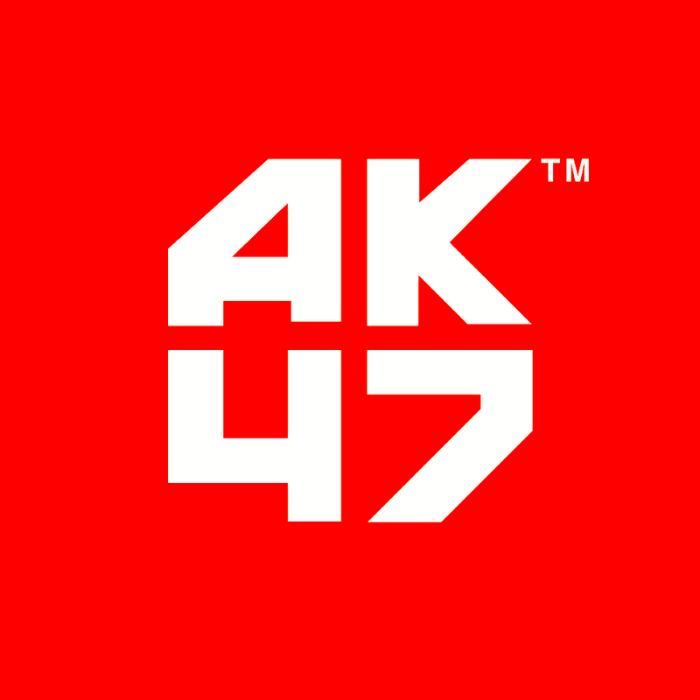5 writing ideas for a powerful website that communicates the essence of your company to your readers!
According to a study conducted by online usability pioneer Jakob Nielsen, people read less than 30% of the words on a typical website visit.
Around 20% of the time was more likely. Web users prefer to skim rather than read. Nielsen adopted the findings of a European research study and discovered that users do not spend much time on the average online page. They discovered that web users spent around 25 seconds on the average 593-word web page in their research, plus an additional 4.4 seconds for every 100 more words.
Given the length of time spent on each page, Nielsen concluded that they would only be able to read 28% of the words. Further research revealed that consumers do not read for the whole duration of a page visit since they must spend time learning the website structure, navigation features, and visuals.
As a result, we must write our website material concisely—we should attempt to write fewer words on a web page. Here are five writing ideas for a powerful website that communicates the essence of your company to your visitors!
A calm, objective tone is essential.
On the web, where customers frequently know nothing about the organisation, credibility is essential. Trust must be earned from the user. When hype and "puffery" are employed, it swiftly fades. A calm, objective tone is essential.
Add links to boost the trustworthiness of your content.
Links to other sites with supporting material boost the trustworthiness of your content. Quotes from other sources should be linked to the page if feasible.
Writing should be in a simple, concise, and informal style.
Web users are demanding and impatient. They have accessed the site because they needed to. Writing should be in a simple, concise, informal style to allow users to quickly find the information they want. Hence, the paragraphs of your website text need to be converted more into subheadings and bullet points to enable easier scanning by readers.
The most crucial information should be displayed first.
Begin the page with the conclusion and a brief summary of the remaining material in a journalistic manner (inverted pyramid style). Users dislike scrolling through large amounts of text to get to the major points, so the most crucial information should be displayed first.
The emphasis is on terms that search engines can identify.
The emphasis is on terms that search engines can identify. The keywords should preferably (but not necessarily) be included in the title and fine-tuned into the first 1-3 paragraphs of material so that they are a natural fit.





